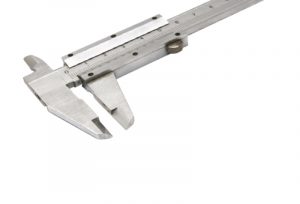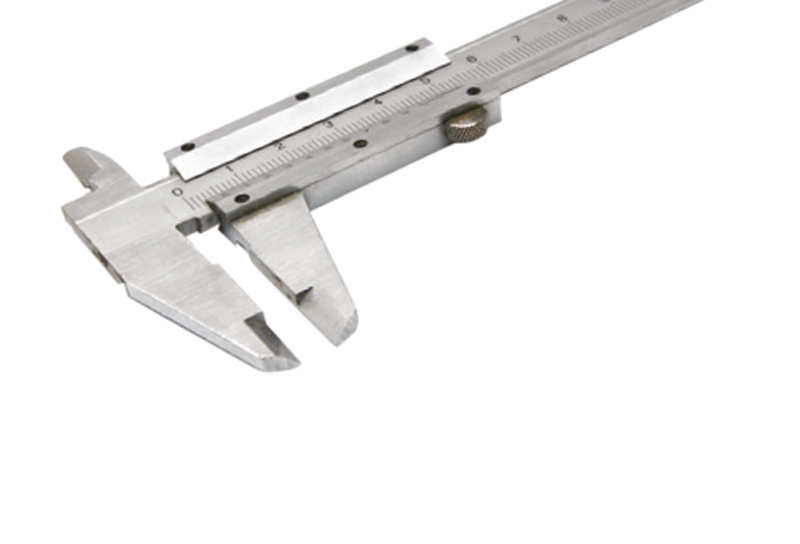Critical shot placement encompasses any shot or field situation where a single shot is called for as opposed to multiple shots. A critical shot can be a hostage situation, a narrowly defined target area, or a shot requiring that the round itself pass through a narrow corridor. Most police officers and the public in general have the erroneous impression that critical shots are taken only by SWAT team members.

But field officers may need to make a critical shot. In many cases, a SWAT team may take 30 to 45 minutes to arrive on scene. A SWAT team that is not dedicated to a single entity might have an even longer response time, since members must arrive from varying jurisdictions.
What this means is that a field officer may have to respond and deal with a critical shot. For anyone not trained to this possibility, the chances of pulling it off in the field are pretty much non-existent.
Recently an incident occurred that gained nationwide interest. For many years we have instructed police officers that an incident such as a hostage confrontation might very well have to be resolved by the initial officers on scene, not a SWAT team.
The vast majority of police are not SWAT team members. They do not receive the same degree of training nor attain the same skill level as SWAT team members. If the only in-service training that a field-grade officer receives is a simple qualification course of fire, there is little chance that this individual would be able to pull off the critical shot needed in a hostage scenario. In a hostage scenario, the victim might be a fellow officer, a citizen, or a family member. I am personally aware of several incidents where off-duty LAPD officers were confronted by a suspect who had taken a family member hostage.
A number of years ago we developed, designed and built a hostage rack. This is operated on a fairly linear format. In other words, it addresses critical shot placement, decision-making skill, and varying degrees of complexity. It allows multiple shooters to engage the same problem at the same time. There are many different levels of complexity and just as many different methods of acquiring a firing solution. It is both frustrating and demanding, yet all problems can be successfully resolved after practice and experience.
The comment we receive most often regarding the hostage rack is that it really forces the shooter’s concentration as never before. It forces the mechanics and decision-making skill as to when to take a critical shot and when not to. The latter, when not to take a shot, is equally as important as when to take a shot.
A bit of Hollywood: In the words of Harry Callahan, “You’re a good man, Briggs, and a good man always knows his limitations.”
Some critical shots perhaps should not be taken by an individual who is not trained to this degree. On the other hand, if an individual has trained, is diligent and understands his limitations, then he might be able to successfully resolve a situation that requires a single well-placed critical shot.
Critical shots can arise in any place at any time. A critical shot can be required either on or off duty.
A critical shot is precisely what the phrase denotes—a critical shot! It is not a series of shots, a string of shots, or a pair of shots. By my definition, a critical shot is a single shot and no more. If the shot does not connect with the intended target, there will be no other chances given to resolve the situation. For instance, should one miss in a hostage situation, the firing solution will most likely be more complex than the initial one. Or in a worst-case scenario, there will be no victim to save.
I urge any individual wearing a badge in defense of others to train to the possibility of having to take a critical shot at some point during their career. This would be the mark of a true professional as opposed to the smile-andwave police, who seem to be growing in numbers.
Remember that it might be your friend, colleague or family member who must be protected by others wearing the badge. You cannot be in all places at once. Be professional, train to a higher standard, and understand that critical shots are everyone’s responsibility.




